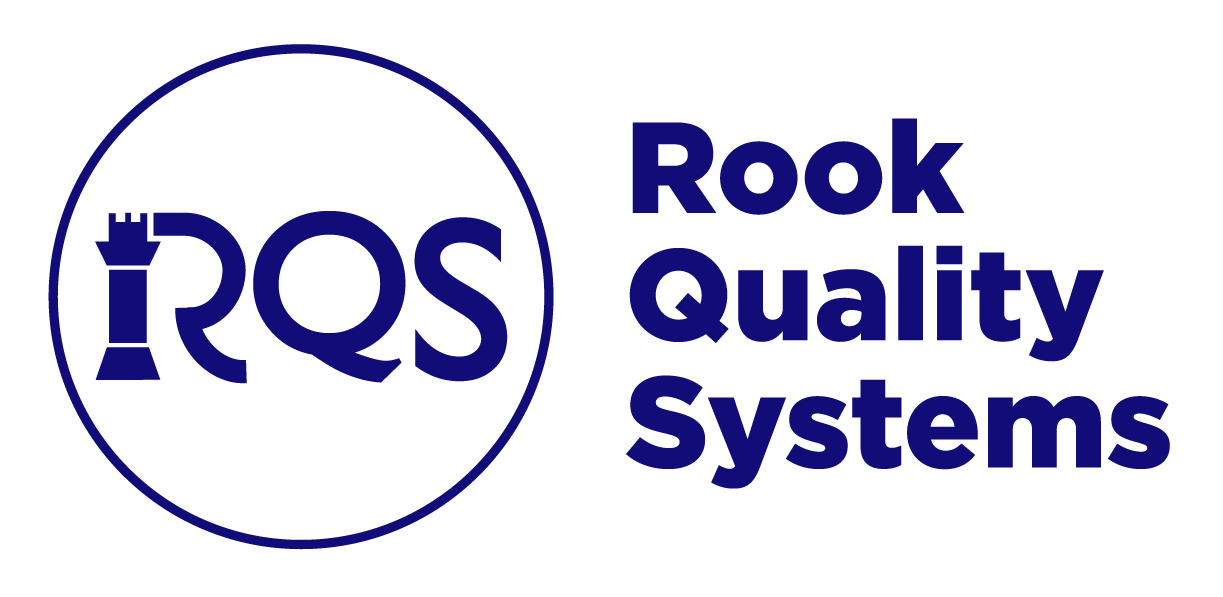Medical Device Regulation – Getting Started Soon
If you are currently selling or are looking to sell a medical device in Europe, you should have heard about the big industry news: the European Union has officially repealed the Medical Devices Direct [MDD, 93/42/EEC] and the Active Implantable Medical Device Directive [AIMDD, 90/385/EEC] and replaced it with the Medical Device Regulation (MDR).
The MDR was officially published 05 May 2017 and must be implemented by medical device manufacturers by May 2020 (grandfathered companies have until 2022). Even if this date seems far off, do not push the transition off for too long. While there are many similarities between the former directives and the new MDR, there are also a great amount of changes. The scope of the regulation has expanded beyond those devices falling under the MDD or AIMDD while also increasing expectation of Technical Documentation that companies must provide to their Competent Authority. In addition to the Competent Authorities, Expert Panels will be created to review each device submission. The combination of a larger Regulation scope, increased expectation for descriptive, explicit, and current technical documentation, and additional reviewers for submissions could prolonged the timeframe of device clearance. Transitioning your company to be compliant with the new MDR should begin soon to ensure your company is certified to the new regulation prior to the transition deadline.
The MDR’s increased emphasis on technical documentation includes a new method for demonstrating compliance. Currently, manufacturers of medical devices sold in the Europe must show conformance with the Essential Requirements (ERs) to comply with the MDD or AIMDD. The MDD and AIMDD consisted of 13 and 16 ERs, respectively, each outlining conditions that must be met to ensure the safety and effectiveness of the device. However, with the new regulation comes new requirements that must be assessed and if applicable, complied with. Instead of ERs, the MDR outlines 23 General Safety and Performance Requirements (SPRs) in Annex I, which combine the ideas from both the MDD and AIMDD as well as other harmonized standards and guidances. Remember, these requirements are European law and must be adequately assessed and compliance with the regulations must be built into the design of your device.
The SPRs have been broken down into three parts- Chapter I: General Requirements, Chapter II: Requirements Regarding Design and Manufacture, and Chapter III: Requirements Regarding the Information Supplied with the Device. While many of the same concepts of the ERs remain in the SPRs, there are also noticeable differences. For example, the requirements increased emphasis on risk impact associated with the device. They have been aligned with EN ISO 14971:2012 and risk must be considered throughout the cycle of the device. Additionally, if your device includes medicinal substances, human tissue (or other biological-origin materials), the SPRs have increase the requirements that must be met. Cybersecurity also became a topic of interest and design controls must be implemented to show the cyber-safety of your device. Furthermore, there is an entire chapter in Annex I dedicated to requirements for labeling and instructions for use.
For those companies currently selling their medical devices in Europe, or new companies looking to start selling device in the EU, you may feel overwhelmed with the new regulation. With all of the changes to the requirements, it can be difficult to figure out where to start the transition. The first thing to do is get started soon! While the transition deadline to the MDR may seem far off, there is a lot of work that needs to be done to update your system to compliance. When evaluating the disparity between your device’s ER compliance and the SPRs, start with a gap analysis. Rook Quality Systems has created a side-by-side assessment form of the SPRs to the MDD ERs, allowing your team to cross reference each requisite. By breaking down how each ER fits to the new SPRs, your company can begin to understand what work will need to be done or documentation compiled to fill in the missing information. The next step will be to act. Organizing your company well ahead of the transition deadline will allow for adequate time for testing, document creation, and company certification. The team at Rook Quality Systems is ready to help you create an action plan for transition and work with your company to implement the correct changes to show compliance to the MDR. If you are interested in a SPR gap analysis or further information about engaging Rook, please reach out to us at info@rookqualitysystems.com.
#MedicalDeviceDirective #MedicalDeviceRegulation #GeneralSafetyandPerformanceRequirements #SPRs #ISO149712012
